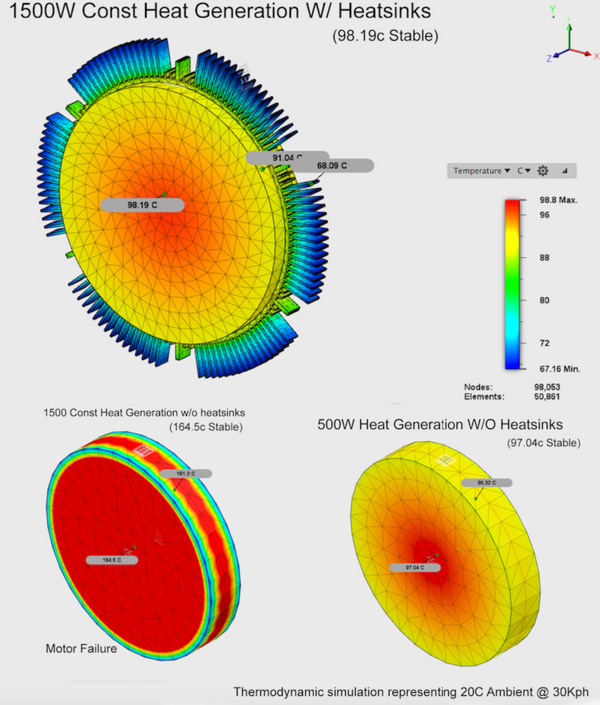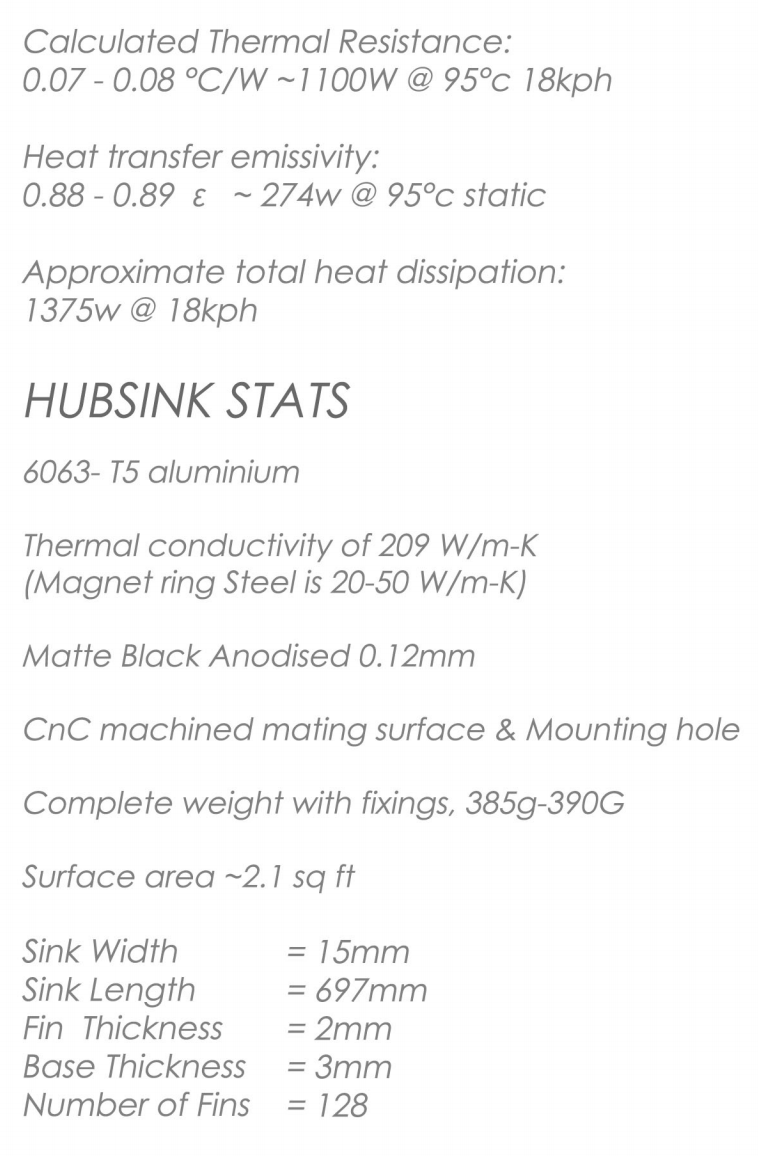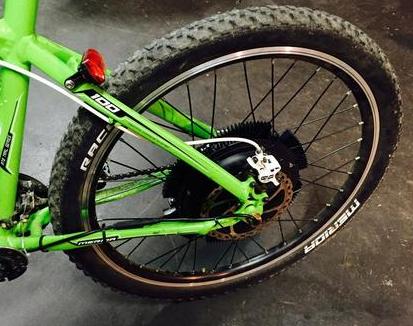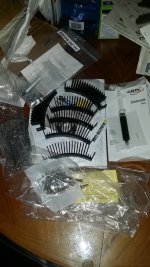John Bozi
100 kW
18 fett beefed up lyen (last time it was programmed and I had a CA it was reading 67a) but it jumps that limit for bursts
motor was one of those cheapest possible ebay ones. black with clear indented alu rings visible on the outside. its pretty generic... Only thing I have changed is tripple or more the phase wiring up to the axle...

note I undid bolt and nut to see how strong thermo paste is.... been riding like this this year.
motor was one of those cheapest possible ebay ones. black with clear indented alu rings visible on the outside. its pretty generic... Only thing I have changed is tripple or more the phase wiring up to the axle...

note I undid bolt and nut to see how strong thermo paste is.... been riding like this this year.









